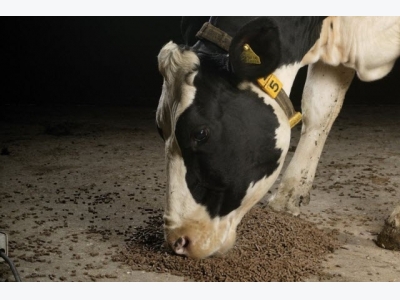Less dairy feed produced globally

Global dairy feed production has dropped a little to 116.4 million metric tonnes. Whereas, the international feed tonnage has exceeded 1 billion metric tonnes for the first time (a 3.7% increase over last year).
This is according to the just released 2017 Alltech Global Feed Survey. This 6th annual survey is the most comprehensive ever, now covering 141 countries and more than 30,000 feed mills. The results show that the US and China are the top 2 countries, producing a third of the total animal feed.
Top 30 feed producing countries
This year’s survey showed that the top 30 countries, ranked by production output, are home to 82% of the world’s feed mills and produce 86% of the world’s total feed. The top 10 feed-producing countries in 2016, in order of production output importance, were China, the United States, Brazil, Mexico, Spain, India, Russia, Germany, Japan and France. These countries contain 56% of the world’s feed mills and account for 60% of total production.
Global dairy feed production between 2012 and 2016 (in million metric tons).

The global dairy feed production dropped a little from 117 million metric tonnes in 2015 to 116.4 in 2016. The US and India reinforced their position as the top 2 producers with increases of 12% and 14%, respectively, whereas Europe saw a downturn. Turkey decreased by 1.5 million tonnes and Germany declined by 3.4 million tonnes.
Global ruminant feed production (in million metric tons).

Beef cattle feed was 82 million metric tonnes in total for 2016. In 2015, global production reached 69 million metric tonnes. The US maintained the top position in the beef industry, and estimated feed production was 10% higher than last year. China, Spain, Turkey and Mexico all showed increased beef feed production.
Related news
 Great potential, but China needs to step up quality
Great potential, but China needs to step up quality Continued growth for dairy products in China isn’t a given. An important factor to keep on growing is regaining public trust and improving milk quality.
 How to effectively control lameness in dairy cattle
How to effectively control lameness in dairy cattle Awareness of the impact of lameness on dairy cow welfare and economics has grown massively in the last 30 years. Our understanding of the causes and risk factor
 Effect of malic acid in dairy cow diets
Effect of malic acid in dairy cow diets Malic acid is an organic acid naturally found in many forages, but it can also be supplemented. But do they also have health benefits for dairy cows?